- Savage Blog
- North American Bears, Their Habitats, and Conservation
North American Bears, Their Habitats, and Conservation
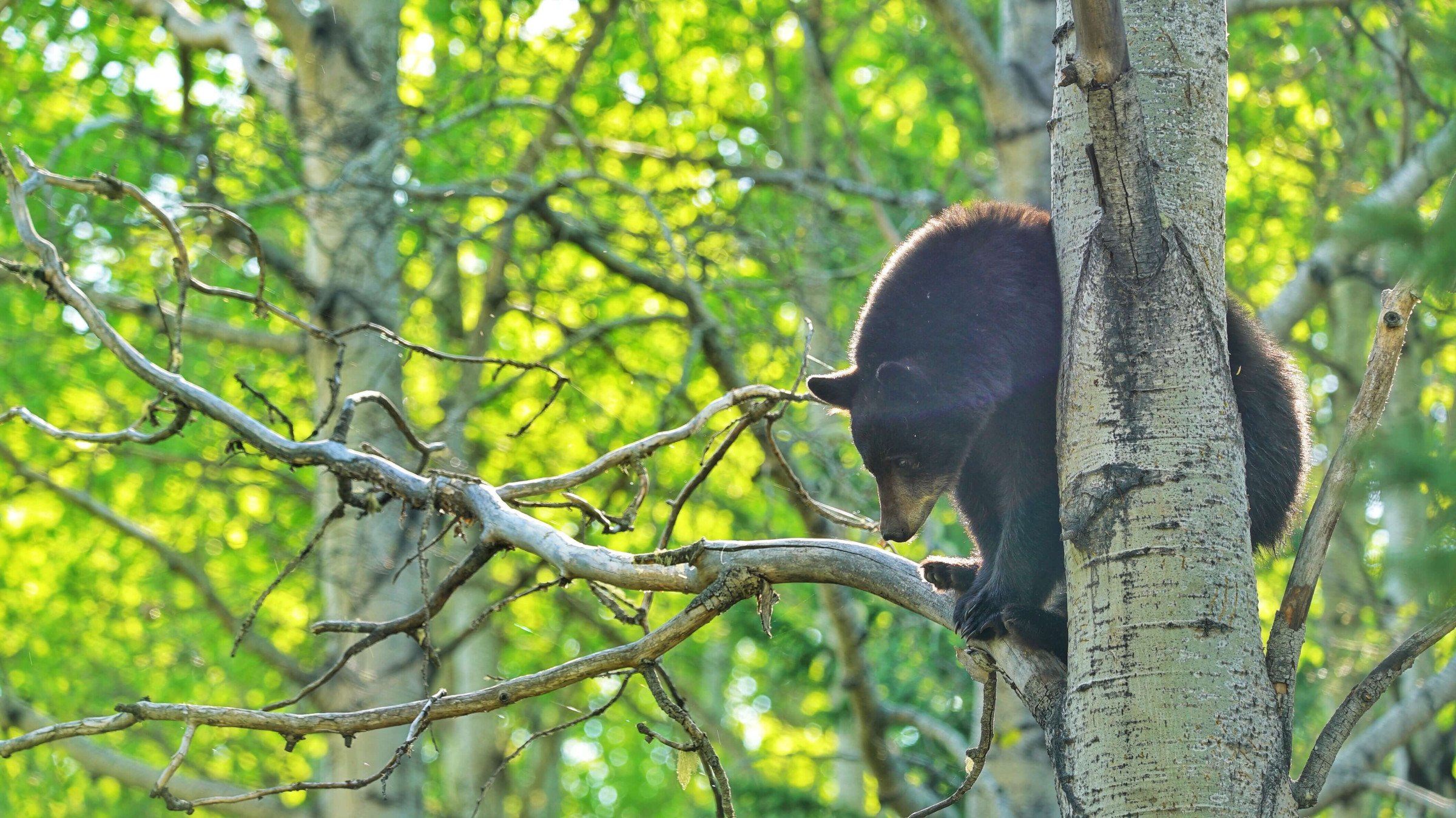
Bears are among the most iconic symbols of the North American wilderness, representing strength, resilience, and the untamed beauty of nature. While the polar bear is an important member of North America’s bear species, its unique Arctic environment warrants its own discussion. For this article, we’ll focus on the two most commonly encountered and hunted North American bears: black bears and grizzly bears. These incredible animals not only captivate hunters and wildlife enthusiasts alike but also play vital roles in their ecosystems.
For hunters, understanding the habits, habitats, and conservation needs of black and grizzly bears is critical—not only for a successful hunt but to ensure these magnificent creatures thrive for future generations.
Meet the Bears: Black Bears and Grizzly Bears
North America is home to a thriving population of black bears, the continent’s most widespread bear species. Found in forests, mountains, and occasionally even suburban areas, black bears are highly adaptable. Their size and color vary widely; most weigh between 100 and 400 pounds, with fur that ranges from black to brown or cinnamon. Black bears are generally shy, preferring to avoid human contact.
Grizzly bears, a subspecies of the brown bear, are far less common and more territorially aggressive. Found primarily in Alaska, western Canada, and parts of the northern U.S. Rockies, grizzlies are larger than black bears, typically weighing between 400 and 800 pounds. Their defining features include a muscular shoulder hump and a broader, more concave facial profile. While black bears are nimble climbers, grizzlies rely on sheer power to dominate their environment.
Both species are omnivores, but their diets and behaviors are shaped by their environments and the seasons, which is why understanding their regional differences is essential for hunters.
Habitats and Regional Distribution
Black Bears
Black bears thrive in diverse habitats, making them the most widely distributed bear species in North America. They are common in the eastern United States, the Rocky Mountains, and the forests of the Pacific Northwest. Their ability to adapt to various environments, including areas near human populations, contributes to their widespread presence. For hunters, this means black bears can be found in a variety of terrains, from dense forests to open mountain slopes.
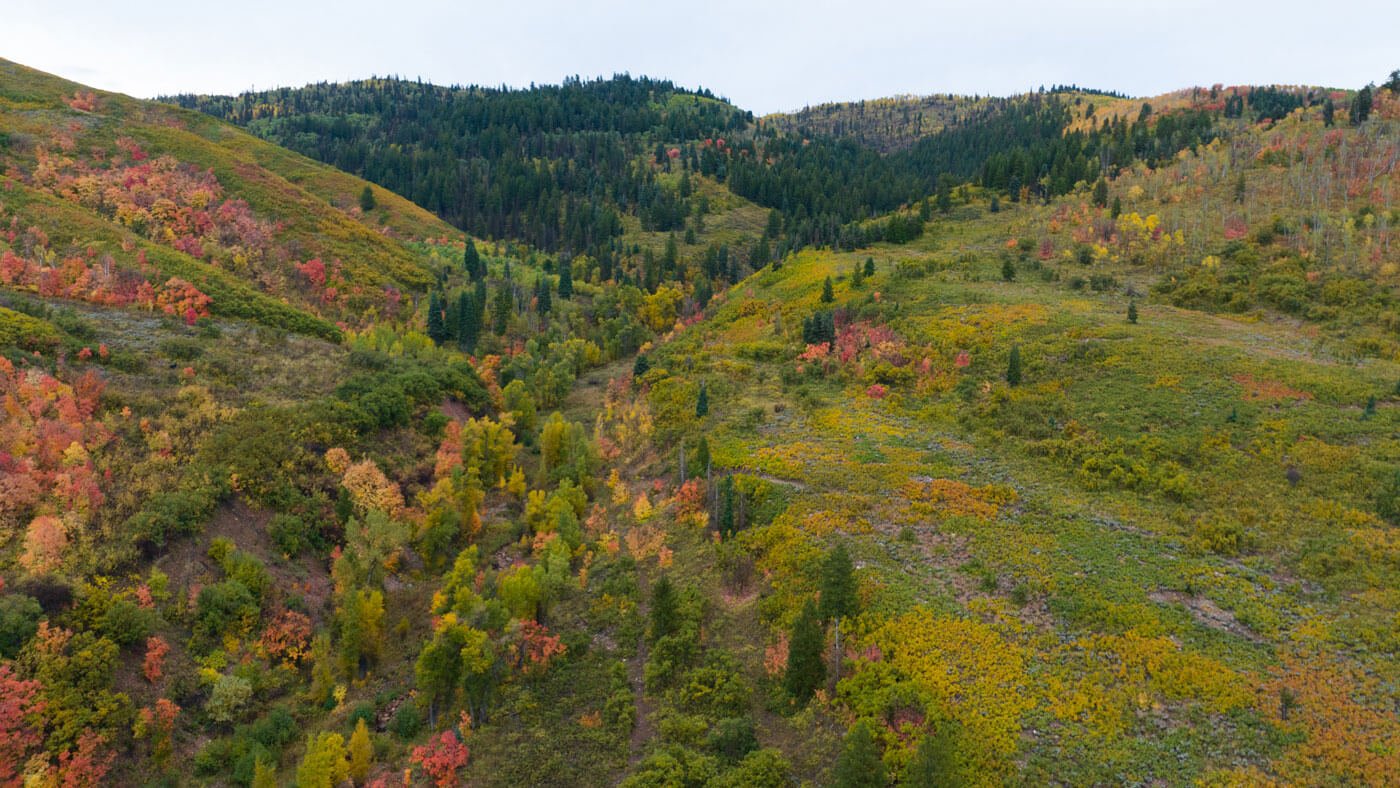
Grizzly Bears
Grizzlies, by contrast, are more selective in their habitats. They require larger territories with abundant food sources and open landscapes. Their range is concentrated in Alaska, western Canada, and parts of Montana, Wyoming, and Idaho. The Greater Yellowstone Ecosystem and Glacier National Park are two iconic regions for grizzly populations, offering hunters rugged and remote terrain to explore.

Behavior and Seasonal Patterns
Black and grizzly bears exhibit behaviors that are deeply influenced by the seasons. For both species, spring and summer are times of intense foraging. After emerging from hibernation, bears are focused on regaining weight lost over the winter. Black bears are often seen feeding on berries, nuts, insects, and small mammals, while grizzlies have a more varied diet that includes roots, vegetation, and larger prey. Grizzlies are particularly famous for their salmon runs, where they gorge on spawning fish to prepare for winter.
As fall approaches, both species enter a phase called hyperphagia, during which they consume massive amounts of food to build fat reserves for hibernation. This seasonal cycle is critical for hunters to understand, as bear movements and feeding habits during this time can increase the likelihood of a successful hunt.
While black bears tend to have smaller home ranges and are less confrontational, grizzlies are far more territorial and protective, especially when it comes to food or cubs. This distinction underscores the importance of preparation, awareness, and respect when pursuing these animals.
The Role of Bear Hunting in Conservation
Hunting plays a vital role in managing North American bear populations, particularly for black and grizzly bears. Contrary to misconceptions, regulated hunting is a cornerstone of wildlife conservation, providing benefits for ecosystems, local communities, and the bears themselves.
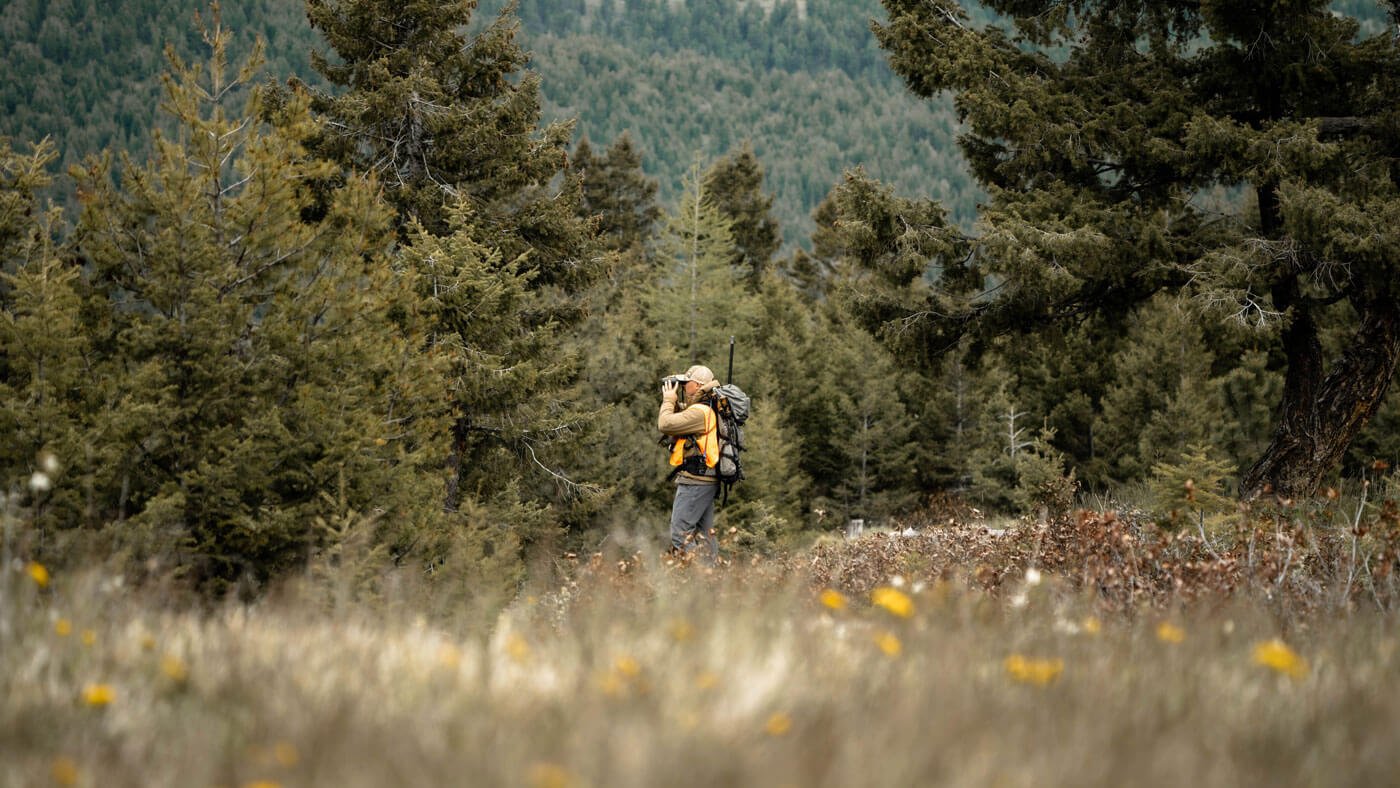
Population Management
In areas with high bear densities, overpopulation can lead to severe ecological problems. Black bears, for instance, may venture into suburban neighborhoods in search of food, creating potentially dangerous human-wildlife conflicts. Grizzlies, due to their size and strength, can inflict significant damage to ecosystems when their numbers exceed what the habitat can sustain. Ethical hunting helps maintain a balance, reducing the strain on natural resources and mitigating conflicts.
Funding Conservation Efforts
Hunters contribute directly to conservation through license fees, taxes on hunting gear, and donations to wildlife organizations. These funds support habitat preservation, scientific research, and educational initiatives. For example, studies on bear populations, movement patterns, and health are often financed by hunting-related revenue. Without this funding, many conservation programs would struggle to continue.
Ethical Hunting Practices
Responsible hunting is essential to ensuring bear populations remain sustainable. Ethical hunters follow strict regulations, including seasonal restrictions and quotas designed to protect breeding populations. Quick, humane kills and respect for the animal are hallmarks of ethical hunting, reflecting a commitment to conservation. Hunters are also key allies in monitoring bear populations, reporting sightings, and contributing to the broader understanding of bear ecology.
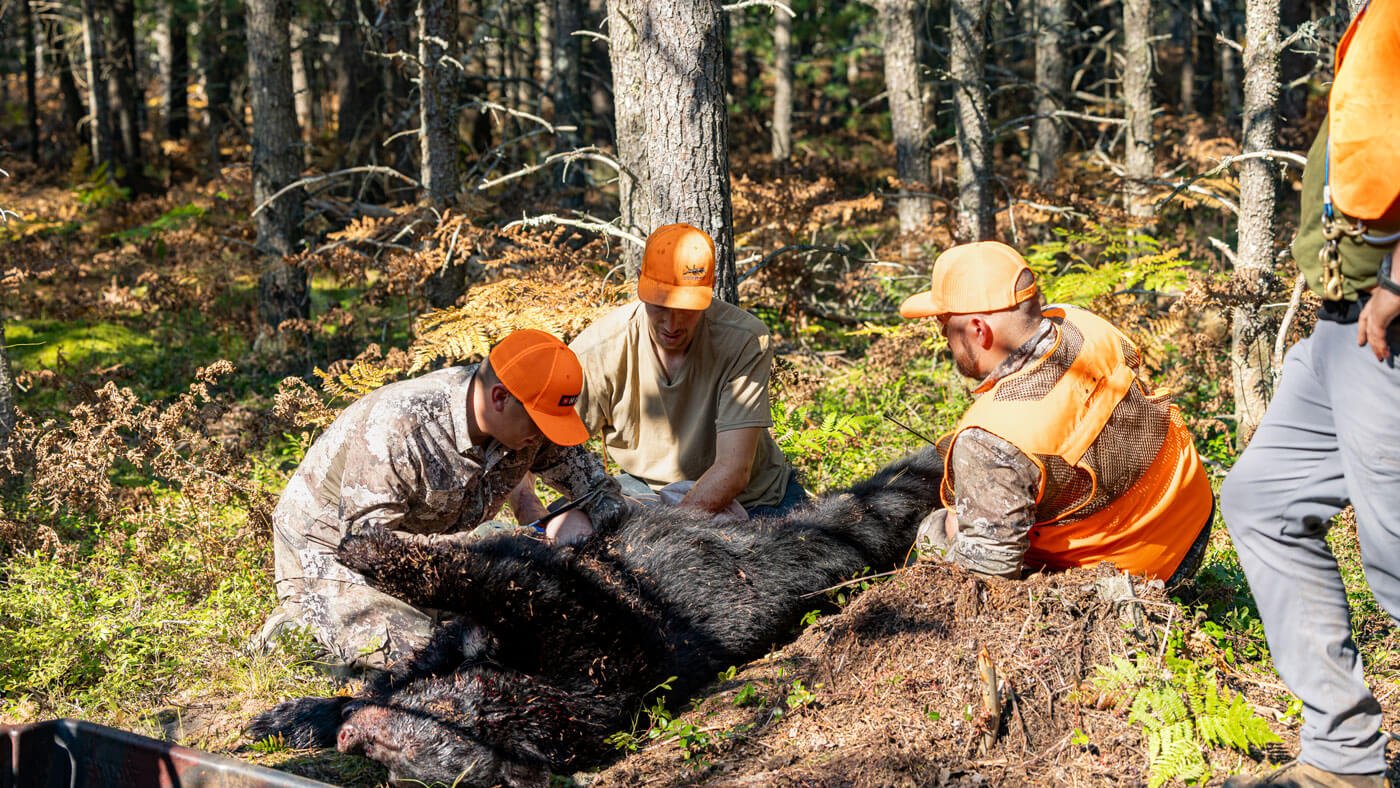
Challenges in Bear Conservation
Despite the benefits of regulated hunting, black and grizzly bears face numerous challenges. Habitat loss due to urban development, logging, and agriculture continues to reduce the space available for these animals. Grizzly bears are particularly vulnerable, as their large territories make them more susceptible to habitat fragmentation.
Human-bear conflicts are another significant issue. As black bears increasingly encroach on suburban areas, and as grizzly populations expand into regions where they were previously scarce, the potential for encounters rises. Educating communities on bear-proofing techniques, such as secure trash storage and electric fencing, is critical to reducing these conflicts.
Climate change also poses an indirect threat, especially for grizzlies, whose food sources can be affected by shifting weather patterns. Conservationists and hunters alike must adapt to these challenges by supporting habitat restoration and sustainable practices.
The Hunter’s Role in Conservation
Hunters have a unique opportunity to contribute to the future of North American bears. Beyond the pursuit itself, hunting fosters a deeper connection to the natural world and a sense of responsibility for its stewardship. Ethical hunters are among the most passionate advocates for conservation, understanding that their actions in the field have far-reaching implications.
Hunters also play a vital role in collecting data that supports wildlife management. Observations made during hunts, such as bear activity, health, and population densities, provide valuable insights that help biologists and conservationists make informed decisions. By adhering to regulations and prioritizing sustainability, hunters ensure that black and grizzly bears will continue to thrive in North America’s wilderness.
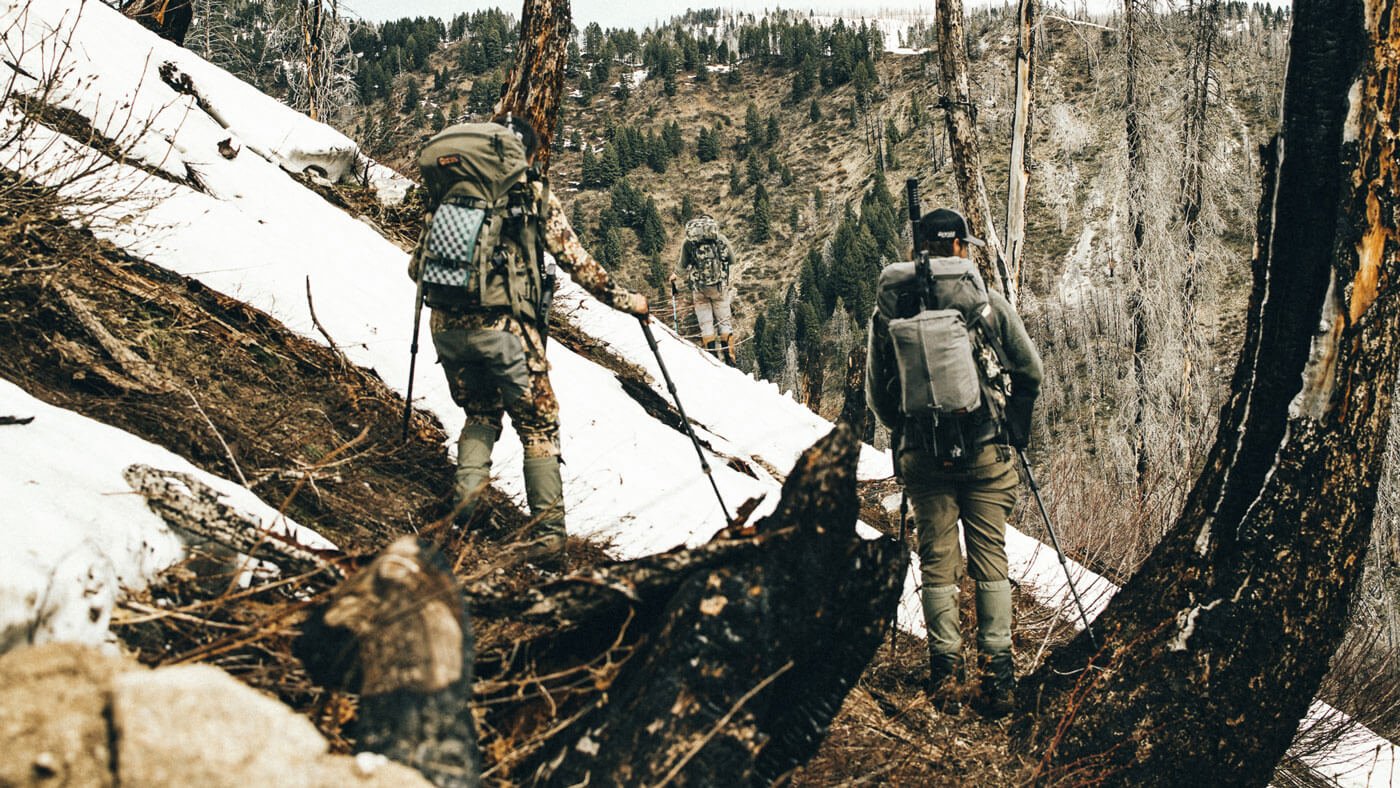
Black bears and grizzly bears are more than just formidable game animals—they are key players in North America’s ecosystems. For hunters, understanding these species is about more than just improving success rates; it’s about respecting the natural world and contributing to its preservation.
Through ethical hunting practices and support for conservation programs, hunters help strike a balance between tradition and sustainability. As stewards of the land, hunters play a crucial role in ensuring that the wild places these bears call home remain intact for future generations. Whether it’s tracking black bears in a dense forest or pursuing grizzlies in the rugged Rockies, every hunt is a chance to contribute to the legacy of North American bears.

